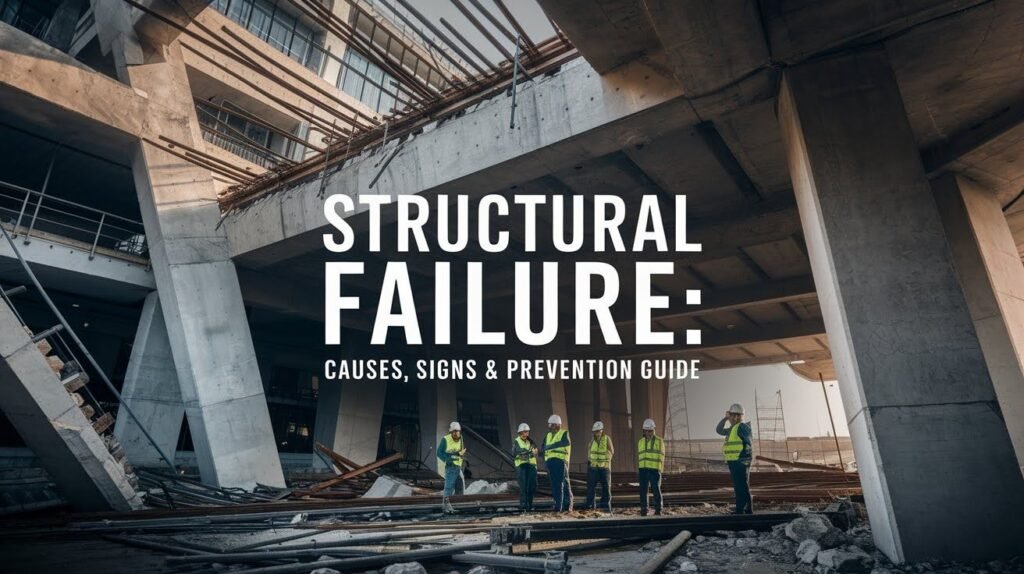Every year, thousands of people die when buildings collapse.
You probably have questions: Why do buildings fall down? How can I tell if a building is unsafe? What can I do to stay safe? I’ll help you understand all of this.I’ve talked to engineers, building inspectors, and people who survived collapses.
What I learned from them is in this article.
You should feel safe in every building you enter. When you understand how buildings fail, you can protect yourself better. Knowledge helps you stay safe. This article gives you that knowledge.
When buildings fail, real people get hurt. Families lose their homes. Communities suffer.
What is Structural Failure?
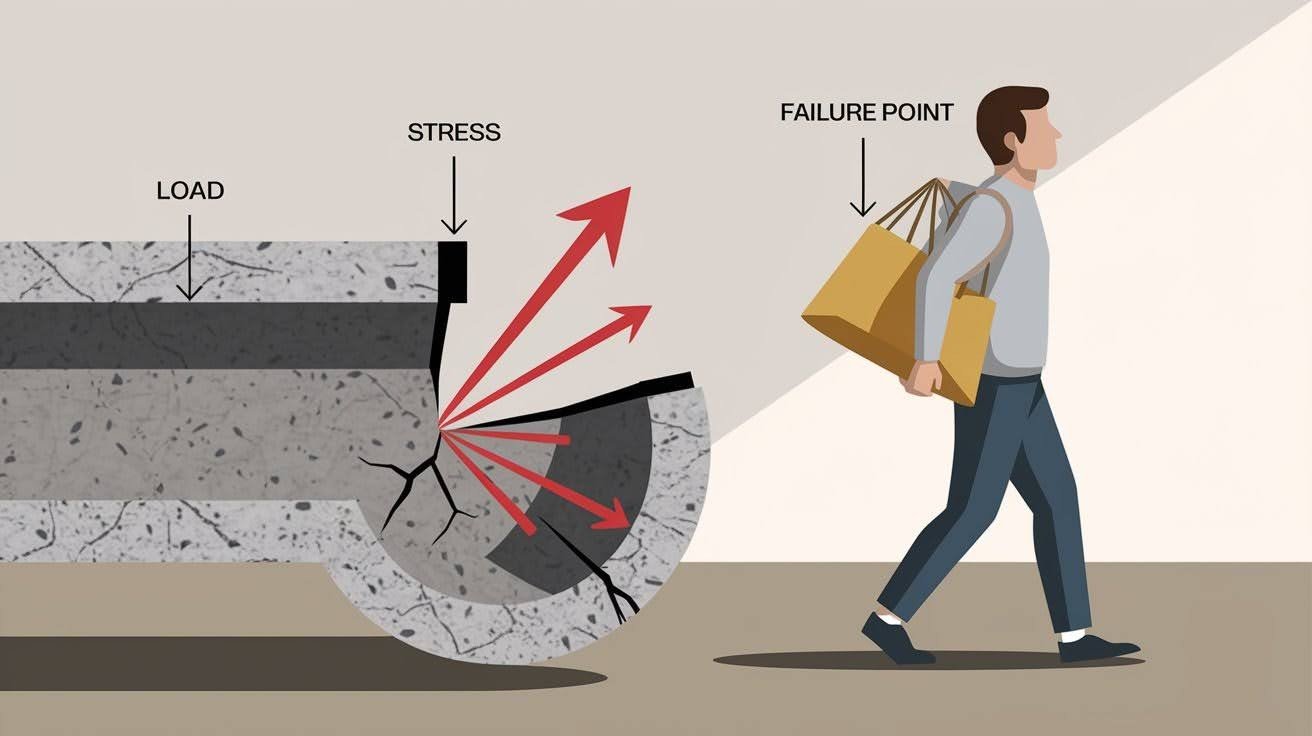
Structural failure happens when a building can’t handle the weight or forces on it anymore. Think about carrying grocery bags. You can hold a few bags just fine. But add one more heavy bag, and your arms give out.
Buildings work the same way. Engineers design buildings to carry certain amounts of weight. When that limit gets passed, the building fails.
Here’s something most people don’t know.
Failure doesn’t always mean the whole building falls down. Sometimes it means:
- Cracks appear in walls
- Floors start to sag
- Beams break
- The building starts to lean
Sometimes these are early warnings. Other times, they mean the building is about to collapse.
Why Buildings Fail
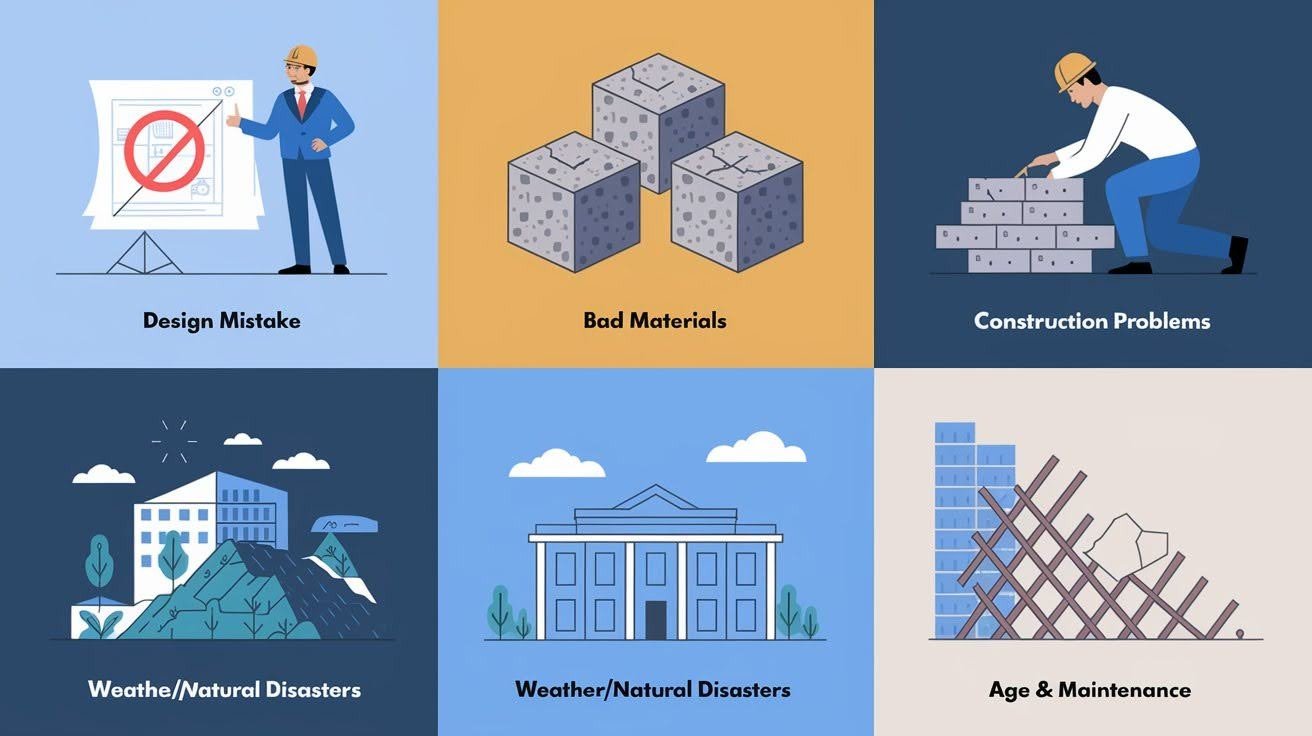
I’ve looked at hundreds of building failures. Most happen for five basic reasons:
1. Design Mistakes
Engineers are people. People make mistakes. When an engineer makes a calculation error, the building gets built wrong. Sometimes they forget to account for certain loads or stresses.
One small mistake can make an entire building unsafe.
2. Bad Materials
Not all building materials are made the same way.
Some steel is weak. Some concrete doesn’t cure right. When builders use poor quality materials, the building can’t handle normal use.
3. Construction Problems
Even when the plans are perfect, construction can go wrong.
Construction crews sometimes take shortcuts to save time or money. They might not follow the plans exactly. Poor workmanship kills people.
4. Weather and Natural Disasters
Nature is powerful.
Earthquakes shake buildings apart. Floods wash away foundations. Strong winds push on buildings in ways they weren’t designed for. Hot and cold weather makes materials expand and contract.
5. Age and Lack of Maintenance
Everything wears out over time. Metal rusts. Concrete crumbles. Wood rots.
Buildings need regular maintenance to stay safe. When owners skip maintenance, buildings become dangerous.
Real Examples of Building Failures
Let me tell you about three famous collapses that changed how we build things.
The Tacoma Narrows Bridge (1940)
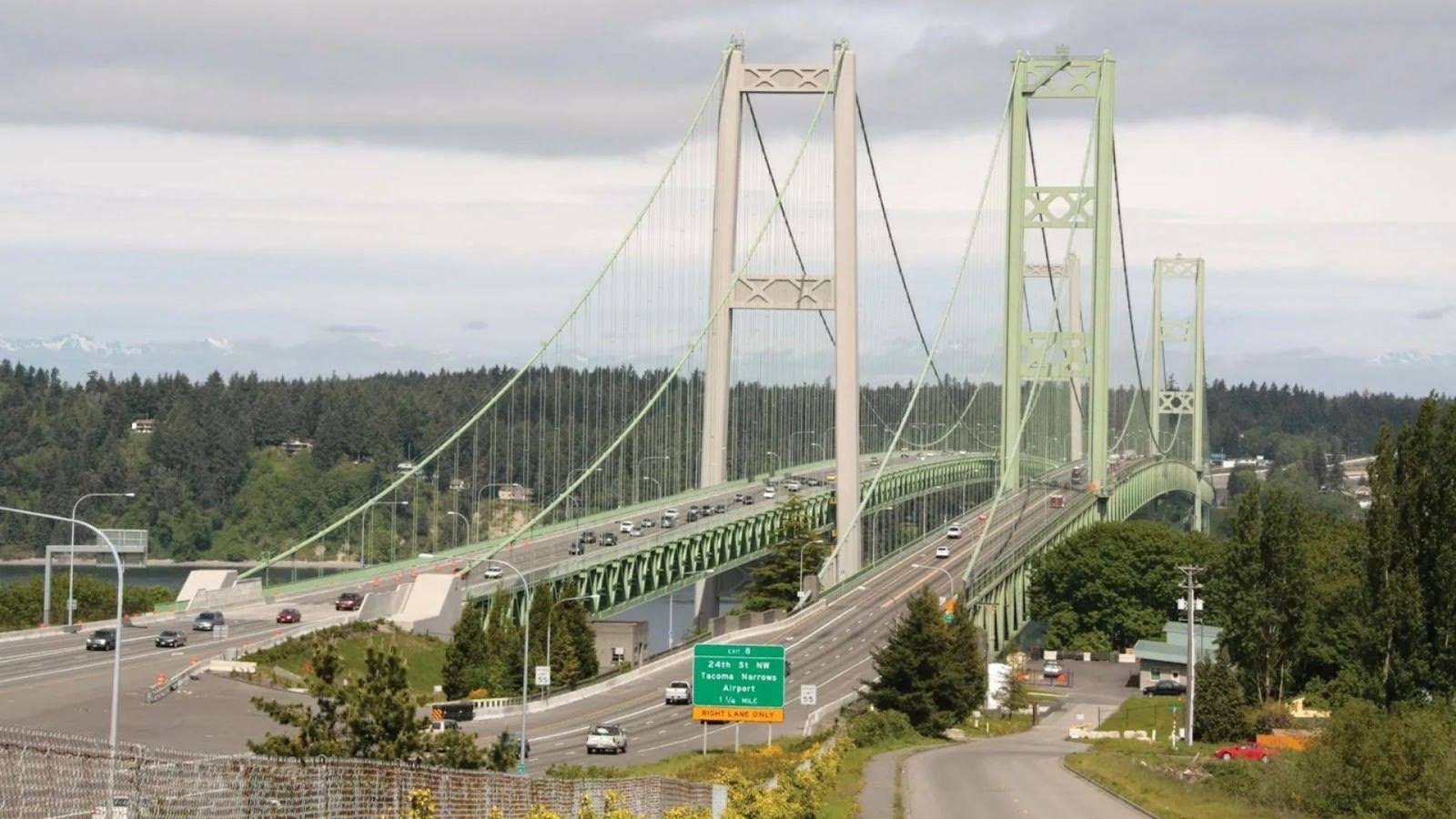
This bridge destroyed itself. Wind made the bridge deck twist and bounce up and down. The bridge couldn’t handle this movement. Four months after it opened, the bridge collapsed.
Engineers learned they had to think about how wind affects bridges, not just how much weight they carry.
Hyatt Regency Walkway Collapse (1981)
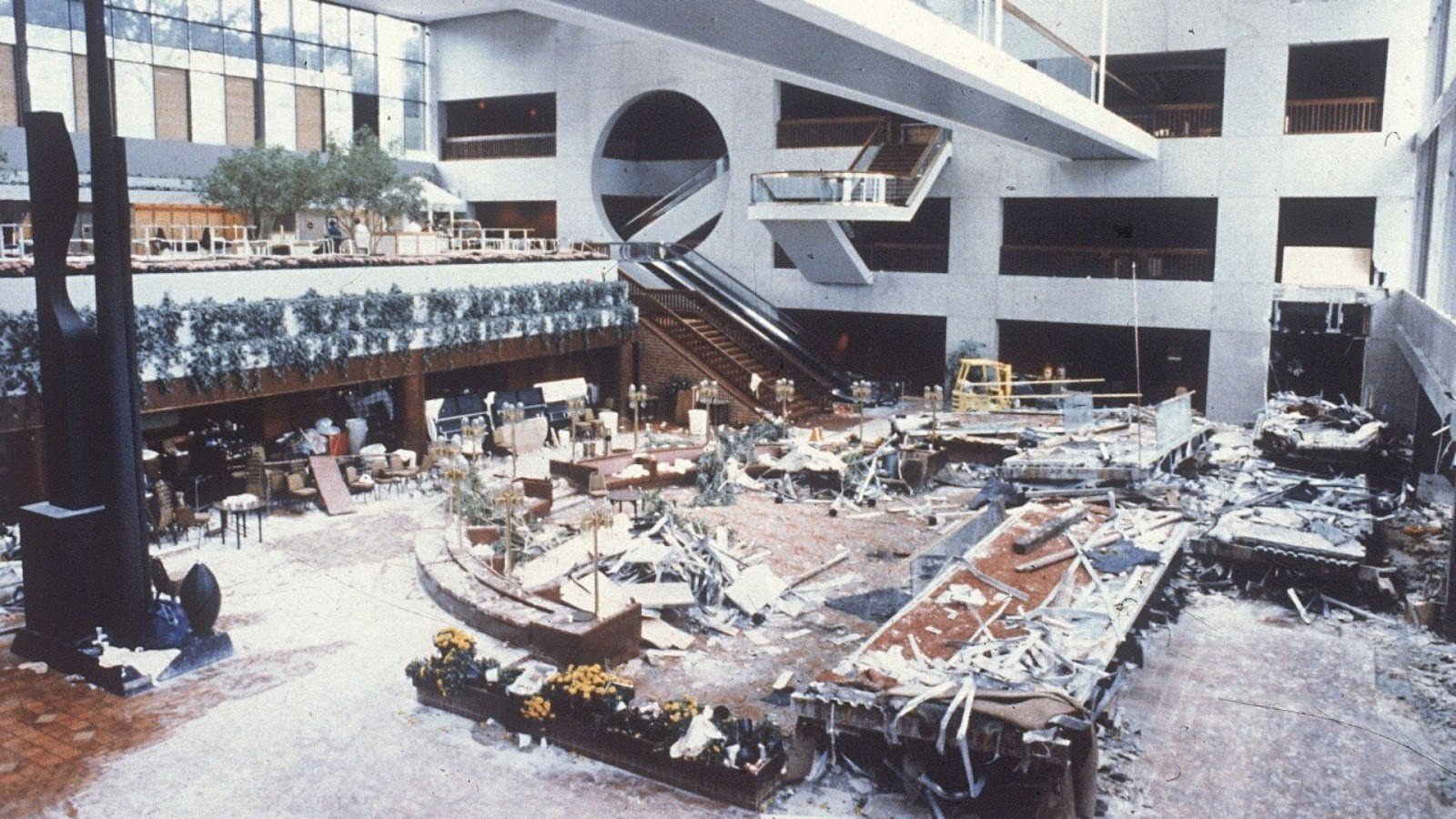
A small change in the design killed 114 people. The hotel had walkways hanging from the ceiling. During a busy dance, the walkways fell down. Someone had changed how the walkways were attached to the ceiling.
Nobody checked if the new way was safe. It wasn’t.
Surfside Condominium Collapse (2021)
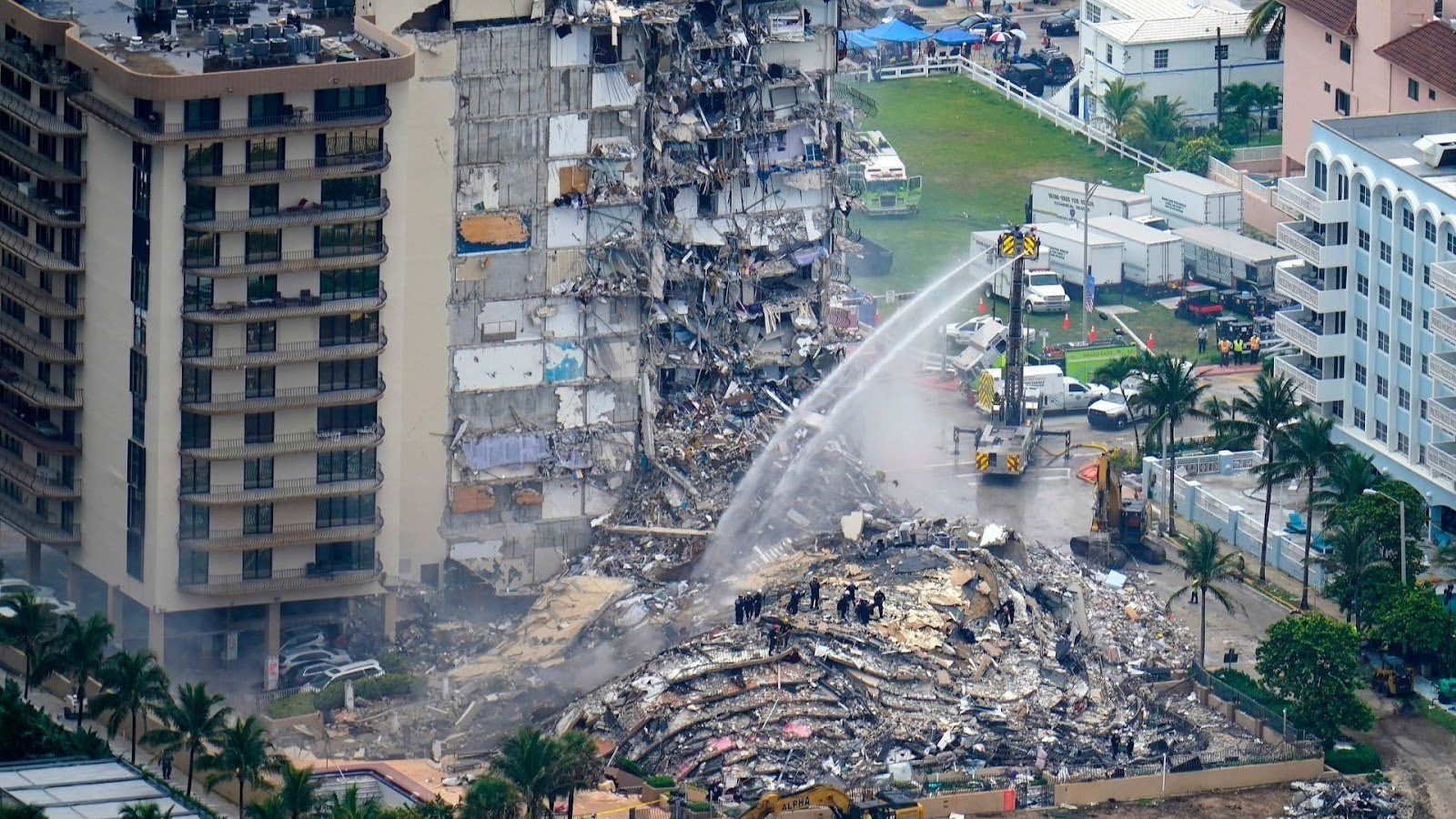
This one happened recently. A 12-story apartment building collapsed in seconds. 98 people died. The building had problems for years. Water was getting in. The steel inside the concrete was rusting. The building needed major repairs.
People saw the warning signs. Nothing was done to fix them.
Warning Signs to Watch For
You don’t need to be an engineer to spot danger.
Look for these problems:
Things You Can See
- New cracks in walls or ceilings
- Doors that don’t close right
- Windows that stick when you try to open them
- Floors that sag or feel uneven
Things You Can Hear and Feel
- Creaking sounds when people walk around
- Strange noises when the building settles
- Too much vibration when you walk
Water Problems
- Leaks you can’t explain
- Water stains on walls or ceilings
- Rust marks on metal parts
Trust your gut feelings. If something seems wrong, look into it. Don’t wait for someone else to tell you there’s a problem. Your life might depend on it.
How to Prevent Building Failures
Keeping buildings safe takes work at every step.
When Designing the Building
- Use safety factors that give extra strength
- Have other engineers check the calculations
- Think about all the things that might stress the building
- Make sure maintenance workers can reach everything
During Construction
- Test all materials before using them
- Inspect the work regularly
- Follow the plans exactly
- Write down any changes that get made
After the Building Opens
- Check the building regularly
- Fix problems right away
- Don’t let people put too much weight in the building
- Have a plan for emergencies
The best time to prevent failure is before you start building.
The second best time is right now.
If You Own a Building
You have important jobs to do:
- Hire professionals to inspect your building regularly
- Fix maintenance problems quickly
- Keep records of all work done
- Don’t ignore warning signs
If You Live or Work in a Building
What you notice matters:
- Tell someone about unusual sounds or movements
- Take pictures of any changes you see
- Know how to get out of the building quickly
- Take your concerns seriously
Legal and Ethical Issues
When buildings fail, someone has to take responsibility.
Courts often find these people responsible: the engineers who designed it, the companies that built it, the people who own it, the inspectors who checked it, and the companies that supplied materials.
The law is clear: everyone involved must be careful.
Beyond what the law requires, people have moral duties. Engineers must put public safety first, not profits. Builders must use good materials and methods. Owners must take care of their buildings.
People’s lives depend on these choices.
Building failures cost billions of dollars every year through property destruction, business closures, lawsuits, government fines, and damaged company reputations.
Preventing problems costs much less than fixing them after they happen.
What’s Coming Next
Technology is changing how we keep buildings safe.
Sensors can find problems before you can see them. They send data in real time to warn about failures.New materials are stronger and lighter. Some concrete can even fix small cracks by itself.
Computers can look at huge amounts of data to find patterns people miss. They’re getting better at predicting when buildings might fail.Computer models let engineers test buildings before they’re built. They also help track maintenance throughout the building’s life.
But some things won’t change. People still need to think carefully and make good choices. Computers are tools. They can’t replace human judgment and doing what’s right.
We have new challenges:
- Climate change brings more extreme weather
- Old buildings are reaching the end of their useful life
- More people living in cities means failures affect more people
- Less money available for maintenance
The risks keep getting bigger.
Conclusion
Building failures don’t have to happen. Now you know what to look for. You understand why buildings fail. You have tools to protect yourself.
Remember the main points. Engineers sometimes make mistakes in their designs. Poor materials make weak buildings. Construction shortcuts can be deadly. Weather and age break down buildings over time.
Trust what your gut tells you when something seems wrong. Don’t ignore cracks in walls. Report strange sounds. Take pictures of damage. Call professionals when you’re worried. Prevention saves lives. Regular inspections catch problems early. Good maintenance makes buildings last longer. Quality materials resist failure better.
The future looks better with smart sensors and improved materials. But technology can’t replace careful thinking. Your safety depends on choices other people make. Expect better from engineers, builders, and building owners. Ask tough questions. Demand honest answers.
Every building has its own history. Make sure yours ends well.
Frequently Asked Questions
How fast can a building collapse after showing warning signs?
It depends on how bad the problem is. Some buildings fall down within hours of showing cracks, while others last for years if they’re watched carefully and repaired.
Are newer buildings safer than old ones?
Usually yes, but age isn’t the only thing that matters. Modern building codes are tougher, but bad construction or poor maintenance can make any building dangerous no matter when it was built.
Should I leave if I see small cracks in my apartment?
Small cracks aren’t always dangerous, but they need attention. Take photos and tell your landlord or building manager right away so a professional can check them.
How often should buildings be inspected?
Most experts say every 5-10 years for regular inspections. Risky buildings like old ones or those in earthquake areas might need checks every year or constant monitoring.
Can weather by itself cause buildings to fail?
Yes, extreme weather can make buildings collapse right away. But usually weather just exposes problems that were already there in buildings that weren’t maintained properly or designed well.


